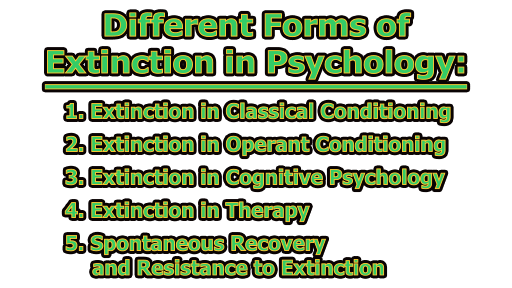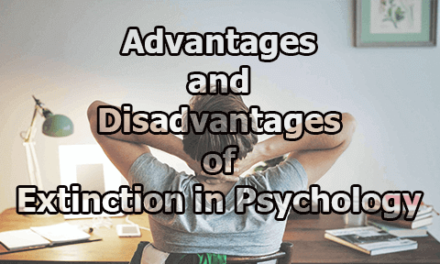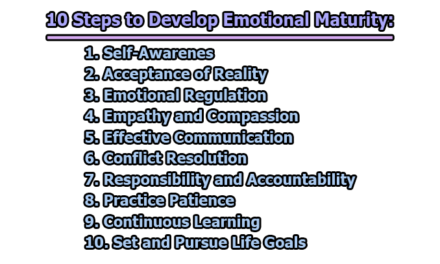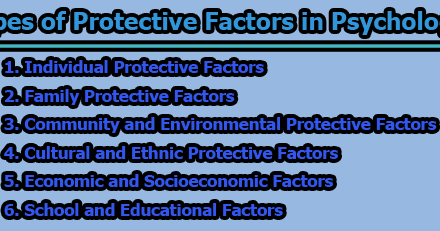Different Forms of Extinction in Psychology:
Extinction in psychology is a complex and multifaceted concept that appears in various contexts, including classical and operant conditioning, cognitive psychology, and therapeutic applications. Defined as “a simple phenomenon with a complex machinery” (Milad & Norrholm, 2023, p. 11), extinction broadly refers to the reduction or elimination of learned behaviors when reinforcement is removed. This article explores the different forms of extinction in psychology, their implications, and how they inform our understanding of behavior modification and learning processes.
1. Extinction in Classical Conditioning: Classical conditioning, a concept rooted in the early 20th-century work of Ivan Pavlov, involves learning through association (Milad & Norrholm, 2023). In Pavlov’s experiments, a dog was conditioned to associate the ringing of a bell (conditioned stimulus, CS) with food (unconditioned stimulus, UCS). This association led to a conditioned response (CR) where the dog would salivate upon hearing the bell, even in the absence of food (Woolfolk, 2021).
Extinction occurs when the UCS (food) is no longer paired with the CS (bell), causing the conditioned response (salivation) to weaken and eventually disappear (Woolfolk, 2021; Eysenck & Keane, 2020). This process demonstrates how learned behaviors can diminish over time if the stimulus-response link is broken.
The implication of classical conditioning extinction is significant in therapeutic settings. It plays a key role in treating phobias, anxiety disorders, and post-traumatic stress disorder (PTSD). Through exposure therapy, individuals are gradually exposed to anxiety-provoking stimuli without the accompanying negative reinforcement, leading to a reduction in their conditioned fear response. This approach is particularly effective in cognitive-behavioral therapy (CBT) interventions.
2. Extinction in Operant Conditioning: Operant conditioning, a theory developed by B.F. Skinner, emphasizes learning through consequences. Behavior is reinforced through rewards or punishments (Woolfolk, 2021). For instance, if a pigeon learns to press a lever to receive food (a reinforcer), it will continue the behavior due to positive reinforcement.
However, if the reinforcement is consistently withheld (e.g., the pigeon no longer receives food upon pressing the lever), the learned behavior will gradually decline. This decline represents extinction in operant conditioning (Woolfolk, 2021; Eysenck & Keane, 2020).
The implications of operant extinction extend beyond laboratory settings and are evident in child behavior management, workplace productivity, and addiction treatment. For instance, if a child throws tantrums to receive parental attention but no longer receives that attention, the tantrums will eventually subside. Similarly, in professional environments, employees may stop engaging in specific behaviors if they no longer receive recognition or rewards. In addiction therapy, the extinction process is used to weaken associations between substance use and environmental cues, ultimately reducing cravings and the likelihood of relapse.
Additionally, extinction bursts—a temporary increase in the behavior before it diminishes—highlight the importance of persistence in behavior modification. This phenomenon is particularly relevant in therapy and parenting strategies, where individuals must remain consistent in withholding reinforcement despite initial resistance.
3. Extinction in Cognitive Psychology: In cognitive psychology, extinction is used to describe a phenomenon observed in patients with brain injuries. Specifically, extinction occurs when a patient fails to detect a stimulus on one side of their visual field if another stimulus is simultaneously presented on the other side. This condition is often associated with damage to the parietal lobe and can have significant implications for neuropsychological assessment and rehabilitation.
Beyond clinical applications, the study of extinction in cognitive psychology informs research on memory retrieval, attention control, and learning adaptability. For example, extinction-based interventions are used to help individuals with attention deficits improve focus by training them to ignore irrelevant stimuli. Additionally, understanding the mechanisms of extinction in cognitive processing aids in the development of strategies to enhance memory retention and recall, particularly in aging populations and individuals recovering from neurological damage.
4. Extinction in Therapy: Extinction also plays a crucial role in therapeutic settings, particularly in behavior modification techniques aimed at reducing maladaptive behaviors (Abramowitz, 2013). One such application is in exposure therapy for anxiety disorders. Exposure therapy aims to reduce conditioned fear responses by repeatedly exposing individuals to feared stimuli without reinforcement, thereby facilitating extinction (Abramowitz, 2013, p. 549).
For example, individuals with phobias or PTSD may undergo gradual exposure to their fear triggers in a controlled environment. Over time, their conditioned anxiety responses weaken, demonstrating extinction in practice (Milad & Norrholm, 2023).
The implications of extinction in therapy extend to addiction treatment and obsessive-compulsive disorder (OCD) management. In addiction treatment, extinction techniques weaken the learned associations between drug use and environmental triggers, making it easier for individuals to resist cravings. Similarly, in OCD, patients are exposed to anxiety-inducing situations without engaging in compulsions, leading to a reduction in obsessive behaviors over time.
Moreover, extinction-based therapies are employed in treating disruptive behaviors in children with autism spectrum disorder (ASD). By systematically reducing reinforcement for undesirable behaviors while reinforcing positive alternatives, therapists can help children develop more adaptive behavioral patterns.
5. Spontaneous Recovery and Resistance to Extinction: An important consideration in extinction is the phenomenon of spontaneous recovery, where an extinguished behavior reappears after a period of time. This suggests that extinction does not erase the original learning but rather inhibits its expression (Eysenck & Keane, 2020).
Spontaneous recovery has critical implications in therapy, as patients may experience temporary relapses in their conditioned fears or behaviors. This underscores the need for continued reinforcement of new, adaptive behaviors and follow-up interventions to prevent relapse.
Similarly, resistance to extinction occurs when a behavior persists despite the removal of reinforcement. This is often observed in behaviors that have been reinforced intermittently rather than consistently. Understanding resistance to extinction is crucial in educational settings, where instructors aim to reinforce positive learning behaviors effectively. For example, students accustomed to receiving inconsistent rewards for academic performance may continue studying despite the absence of immediate feedback.
From the above discussion, we can say that across various domains of psychology, extinction consistently refers to the weakening or disappearance of a learned behavior due to the removal of reinforcement. Whether in classical or operant conditioning, cognitive impairments, or therapeutic interventions, extinction serves as a fundamental mechanism for understanding and modifying behavior.
Its broad applicability underscores its significance in both theoretical research and practical psychological treatment. By studying extinction in different psychological contexts, researchers and practitioners can develop more effective strategies for behavior modification, cognitive rehabilitation, and therapeutic intervention. Understanding extinction not only aids in shaping adaptive behaviors but also enhances therapeutic interventions for anxiety, addiction, and neurological disorders.
References:
- Abramowitz, J. S. (2013). The practice of exposure therapy: Relevance of cognitive-behavioral theory and extinction theory. Behavior Therapy, 44(4), 548–558. https://doi.org/10.1016/j.beth.2013.03.003
- Eysenck, M. W., & Keane, M. T. (2020). Cognitive psychology: A student’s handbook. Psychology Press.
- Milad, M. R., & Norrholm, S. D. (2023). Fear extinction: From basic neuroscience to clinical implications. Springer International Publishing.
- Woolfolk, A. (2021). Educational psychology. Pearson.

Library Lecturer at Nurul Amin Degree College










